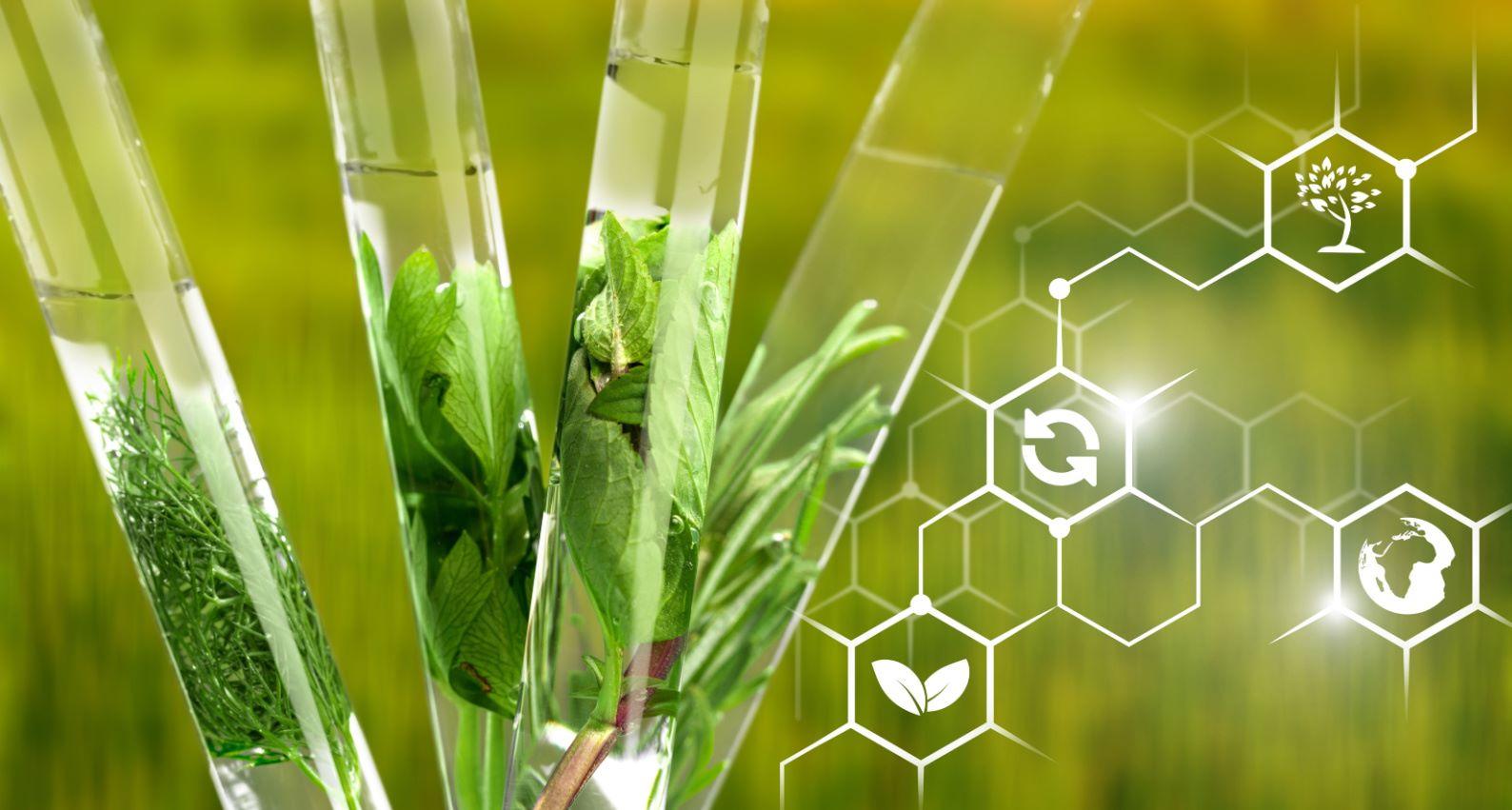Sustainability Trends in Agrochemicals
Published on 27 Jun, 2023

The global population surpassing eight billion has created a pressing need to enhance food production on existing arable land. This has resulted in increased use of agrochemicals to reduce crop loss and improve yields. However, excessive agrochemical usage has led to adverse effects such as soil fertility depletion, water stress, and pesticide resistance. To address these concerns, the industry is focusing on sustainable alternatives like Integrated Pest Management (IPM), biologicals, and genetic engineering. Thus, to promote ecological balance, the agricultural sector must adapt to sustainability trends and develop new chemistries while ensuring productivity enhancement.
With the global population crossing eight billion and increasing year on year, it has become imperative to boost food production on the existing arable land. This has necessitated the use of agrochemicals to decrease crop loss and increase production levels. Thus, strong agricultural market trends, rise in crop commodity prices, and favorable farm economics are driving up the demand for agrochemicals globally.
However disproportionate usage of agrochemicals has also led to:
- Reduced soil fertility and loss of arable land
- Frequent irrigation and severe stress on ground and surface waters
- Increase in pesticide resistance among several crop pests.
This has compelled the industry to look towards economically viable and environmentally sustainable alternatives to boost farm productivity to feed the growing population.
To address this concern, leading agrochemical companies are focusing on the development of sustainable delivery mechanisms for agrochemicals through practices of Integrated Pest Management (IPM), the use of biologicals as plant growth promoters, and applying genetic engineering technologies. Mentioned below are the advantages and challenges of implementing the same –
| Trends | Strengths & Opportunities | Advantages | Challenges |
|---|---|---|---|
| Biologicals |
|
|
|
| Integrated Pest Management (IPM) |
|
|
|
| Genetically Modified Crops |
|
|
|
Thus, the sustainability trends in agricultural practice, to increase crop productivity and reduce the negative impact on the environment will lead to a shift in the consumption pattern for agrochemicals globally. The use of biologicals and rational use of agrochemicals through effective farming techniques will continue to drive the development of new chemistries with a focus on enhancing productivity and maintaining ecological balance. Thus, agrochemical companies must adapt to this shift in market dynamics going ahead.
